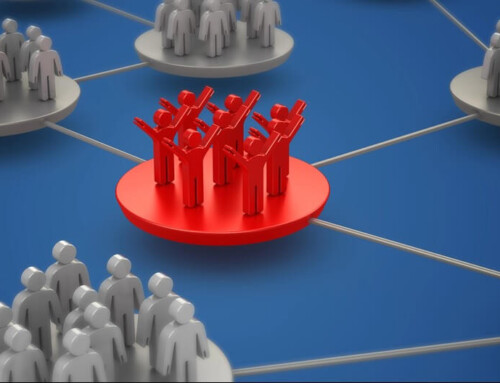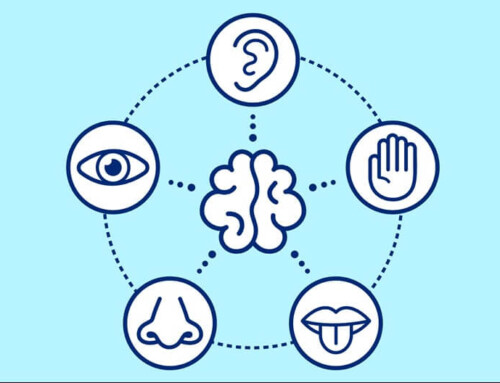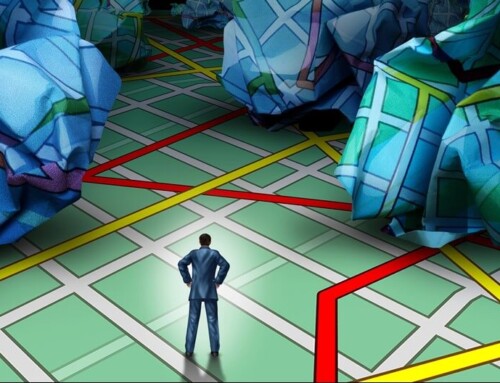This article includes historical information for context. While the core content remains valuable, some details reflect past events and may not be up to date. We regularly update our blog to keep you informed of current insights.
Technological advancement affects every industry. Nothing is stagnant; there’s always a push for progress, for new developments. Meeting technology is a prime example: there is a constant influx of new products and improvements to existing ones. This is a rapidly evolving field, where planners often struggle to keep pace. So, to make things easier, we’ve identified some of the latest advancements in meeting technology. Each of these developments provides a means of making your event more unique and more effective.
Beacons
Beacons are fixed transmitters that locate and interact with smart devices. They’re small devices, usually low-cost, and help smartphones pinpoint locations. In a large meeting, beacons can inform attendees of their exact location within the venue. What’s more, they can identify where others are as well. Beacons are also helpful in tracking attendee movement, dwell time, and hot spots. If your event has stations or booths, beacons can tell you which station got the most interest. These transmitters are a valuable asset to both event planners and attendees.
BONUS: Data can help identify what topics are of most interest to support marketing efforts later!
Second-Screen Technology
One effective way of engaging meeting attendees is through second-screen technology. This utilizes a guest’s mobile device to enhance their viewing experience. A presenter’s content, like slides, videos, notes, etc., can be viewed on a device in real-time. Instead of having everyone watch a screen from a distance, each guest can watch from a screen just inches away. This can be especially helpful if the group is large, as those farther from the screen can now see visuals easily on their smart device.
Wearables
Given the success of the Fitbit and Apple Watch, wearables are attracting considerable attention. Hospitals, for example, have been using technology to track the movements of staff within patient rooms. Meeting events can significantly benefit from this technology. Smart name badges, for example, could enable automated check-in and registration. Wearables could also receive GPS directions, serving as a beacon of sorts, to help navigate a meeting space. E-wallet transactions could replace credit cards, which are slower and less secure. Wearables could also receive conference alerts and exchange contact information.
Virtual Reality
It’s not just for video games anymore! Virtual reality (VR) software has numerous applications for large-scale meeting events. Whenever you want to show attendees something not immediately present, VR is an effective—and enjoyable—means of doing so. Virtual reality software is often used to experience destinations in a 3D environment. The tourism industry, for example, uses VR tech as a sales tool. However, this technology can reveal more than just a picturesque sunset. Why not use it to showcase new products or equipment? Not only that, but VR can be a great way to provide attendees with an immersive experience, allowing them to visualize an activity.
Holoportation
Holoportation is a branch of virtual reality software that offers a distinct benefit for meetings. This technology, developed by Microsoft, reconstructs high-quality 3D models of people. In other words, it creates 3D holograms, similar to those seen in Star Wars. But it doesn’t just show you something recorded in the past—it also works live, in real-time. Those unable to attend a meeting in person could experience it as if they were there. Simple live-streaming could be replaced by holoportation technology. Although this equipment is still being refined, it is undoubtedly an exciting development for the meeting technology industry.
For assistance in planning your next large meeting, contact Gavel International.
This article was last updated on June 10, 2025
- Should Your Company Hire a Chief Metaverse Officer? - January 20, 2025
- Deepfakes Can Harm Your Company’s Reputation - December 30, 2024
- The Social Side Effects of Using Artificial Intelligence at Work - November 13, 2023






